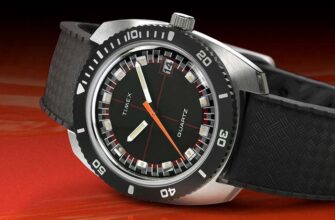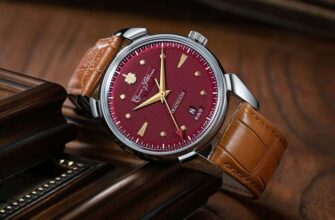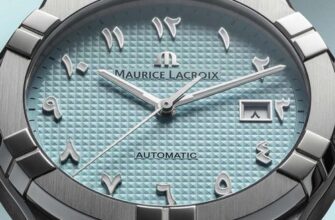Watches help us freely navigate time, not be late for meetings and plan important things, so accuracy is one of the most important requirements for them. About what it should be and how it is achieved - in our material.
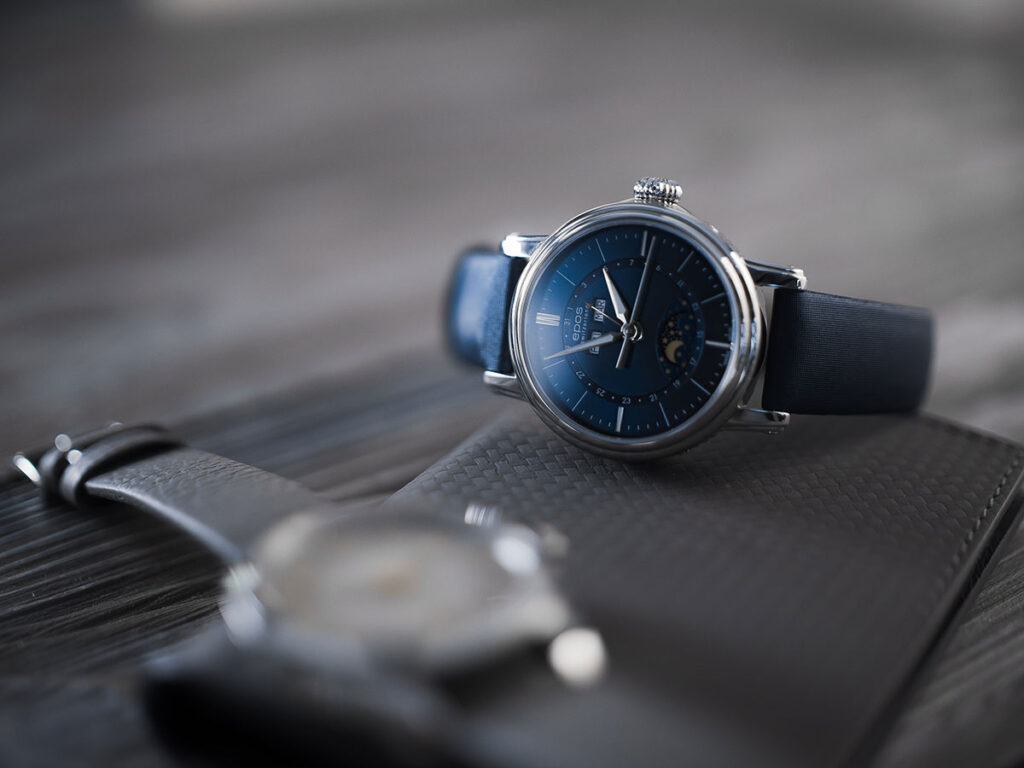
Chronometer accuracy standards
The European standard ISO 3159, adopted in 1976, is the main guideline today. Watches that meet all of its criteria are called chronometers.
Chronometers are particularly precise watches; their characteristics are confirmed by a series of tests in a special laboratory. The average error of mechanical chronometers should not exceed -4/+6 seconds per day.
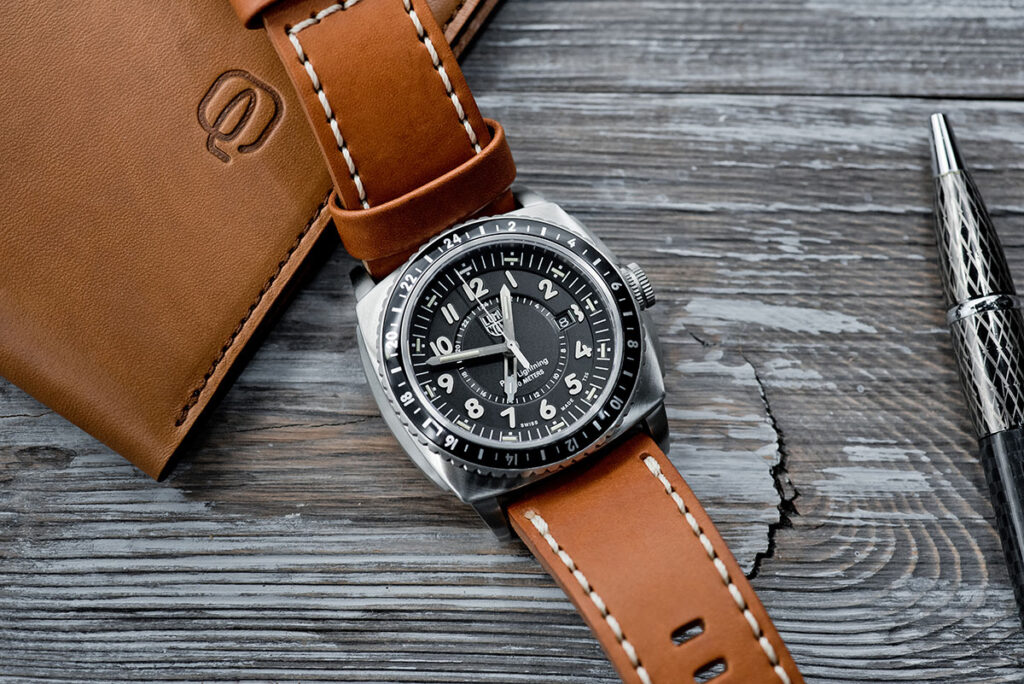
Among the chronometers you can also find quartz watches. There is no separate ISO standard for them, but the corresponding indicators have been developed by the COSC chronometry institute. According to them, for quartz chronometers, the rate deviation should not exceed +/- 0,2 seconds per day (at a temperature of 8 and 38 C), +/- 0,07 seconds (at a temperature of 23 C).
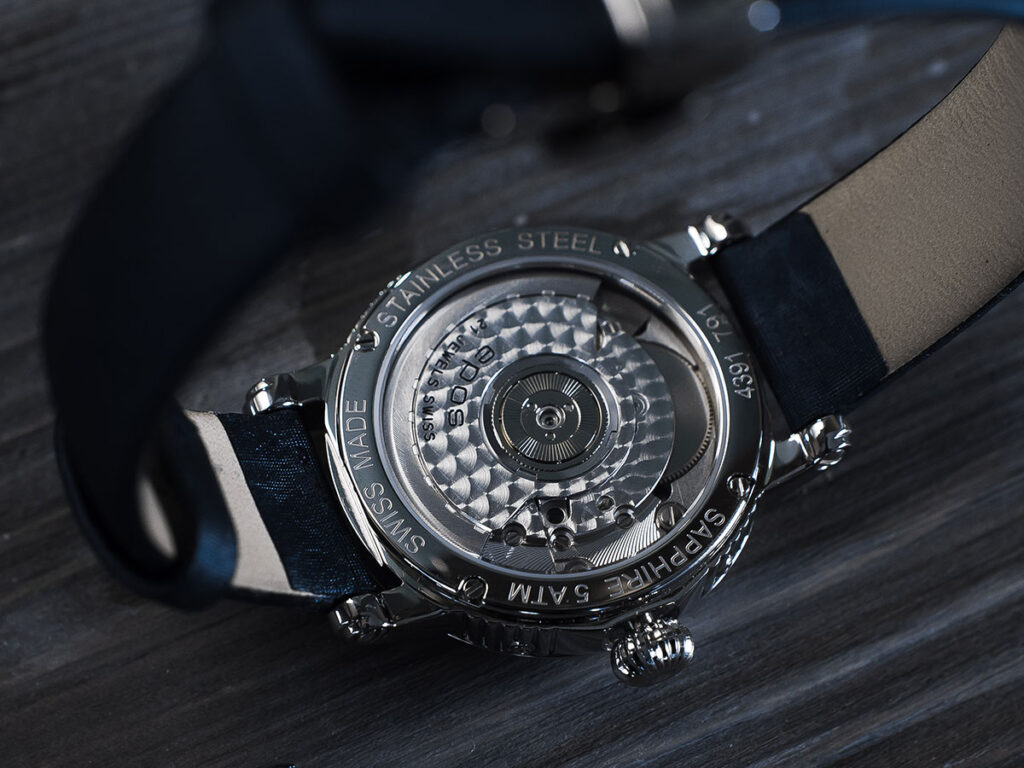
Mechanical balance watch accuracy
Until a certain point, the accuracy of mechanical watches was determined by the work of the pendulum and depended on gravity. The clocks themselves could only be positioned horizontally and were wall or floor mounted. In 1675, the Dutch mathematician and physicist Christiaan Huygens invented a replacement for the pendulum, the balance-spiral assembly.
Zenith Defy Lab, introduced in September 2017, is considered the most accurate mechanical watch in the world. In them, the balance-spiral assembly is replaced by one part - an oscillator made of monocrystalline silicon. The manufacturer promises an error in the daily movement of this mechanism within +/- 0,5 seconds per 48 hours.
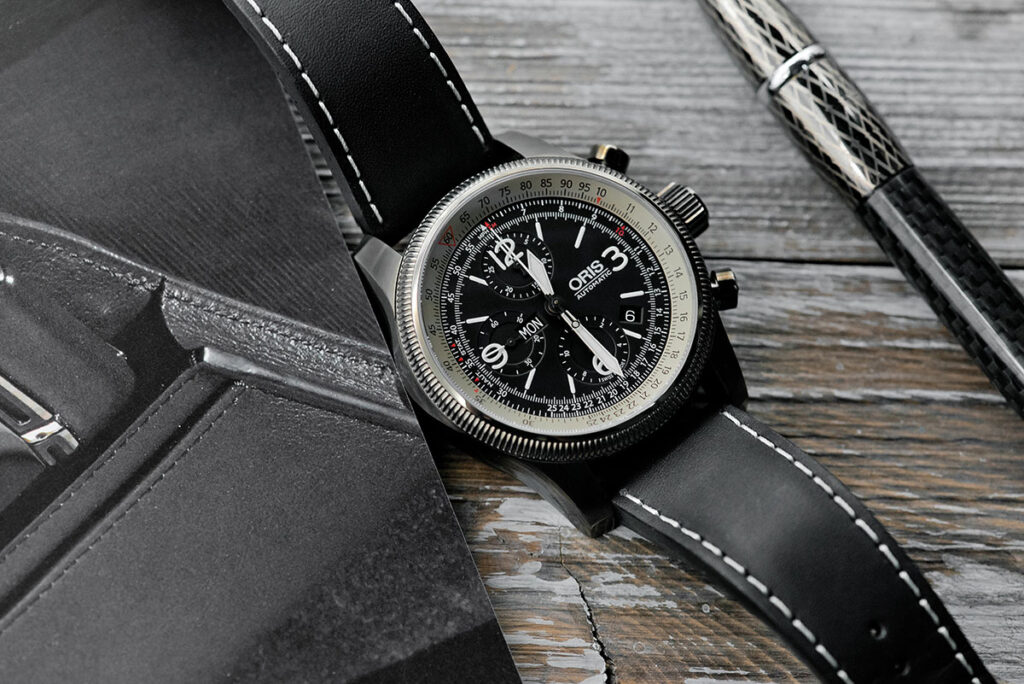
The balance-spring assembly acts as a regulator; it is this that sets the accuracy of a mechanical watch. It can be different in size, weight and have different vibration frequencies. Depending on the specific mechanism and its design, the frequency of the balance-spiral assembly can vary from 2,5 to 5 vibrations per second. The higher the indicator, the more accurate the move.
For modern mechanical watches that do not have a chronometer certificate, the norm is an error of -40/+60 seconds per day.
What affects the accuracy of a mechanical watch?
|
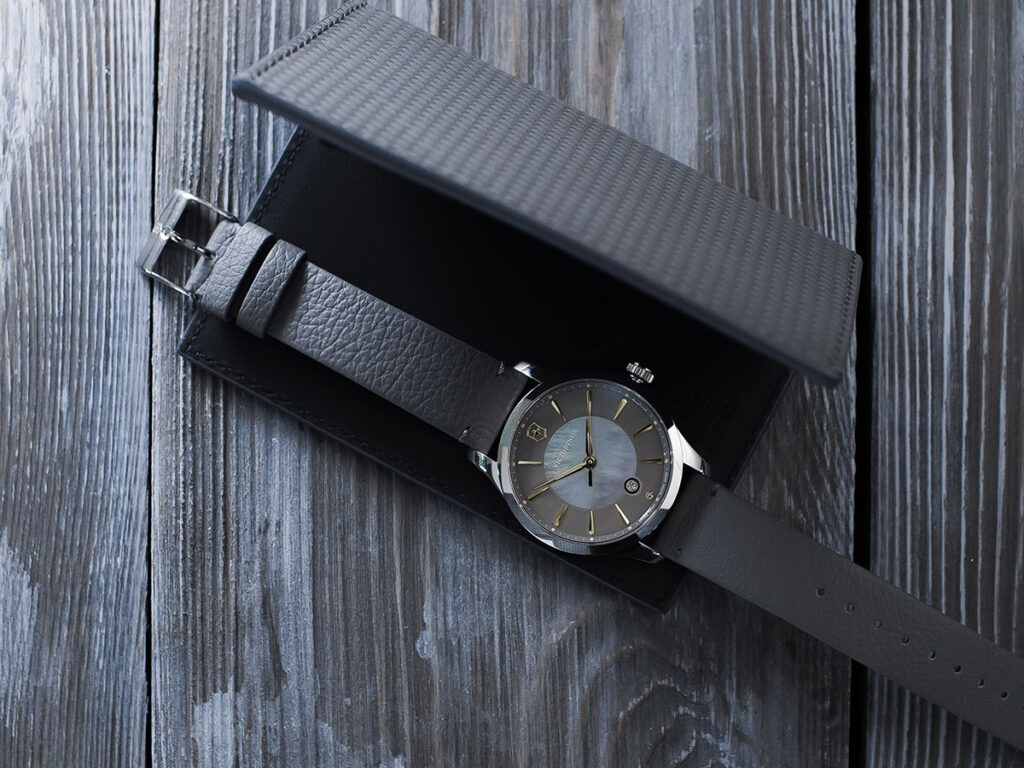
Quartz watch accuracy
Quartz watches are an order of magnitude more accurate than mechanical watches. The error of non-certified models can be up to +/- 20 seconds per month, and for models from the best manufacturers up to +/- 5 seconds per year.
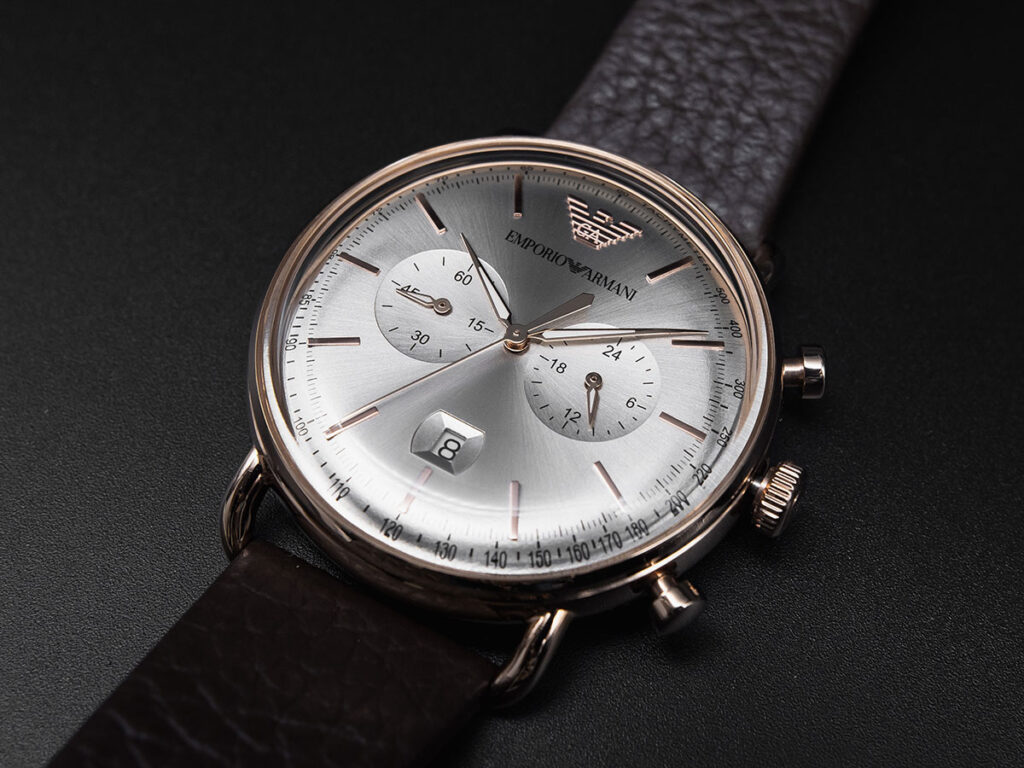
In quartz watches, the precision regulator is quartz. Current is supplied from the energy source – the battery – to the electronic unit. Under its influence, the crystal contracts and expands, pulsating with a high resonant frequency.
The crystal oscillator can produce up to 32768 vibrations per second with a very stable frequency. The divider converts these oscillations into pulses, which fall on the winding of the stepper motor, and it, in turn, is responsible for moving the hands on the dial.
What affects the accuracy of quartz watches?
|

